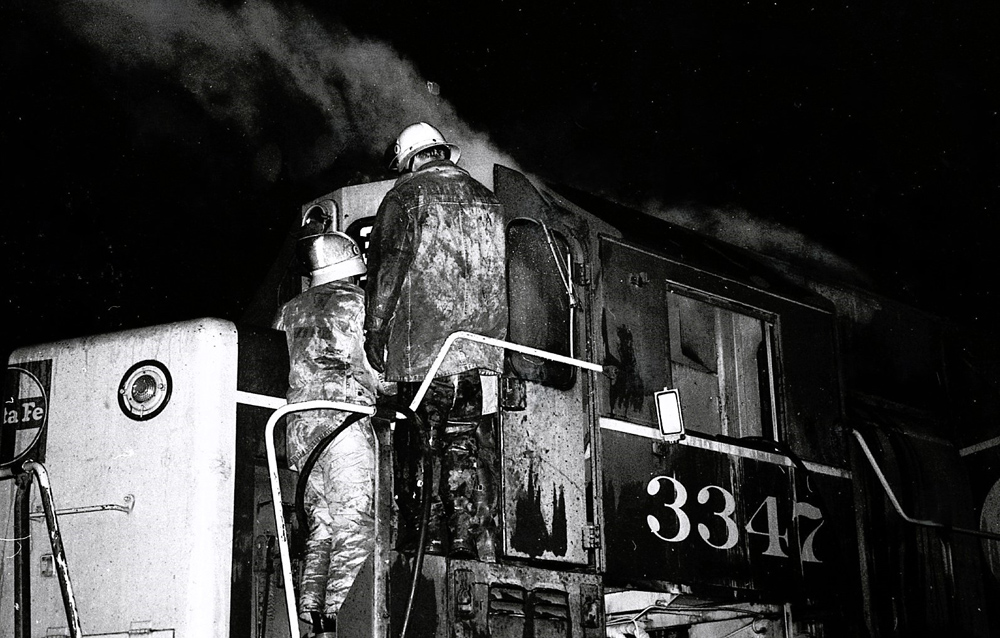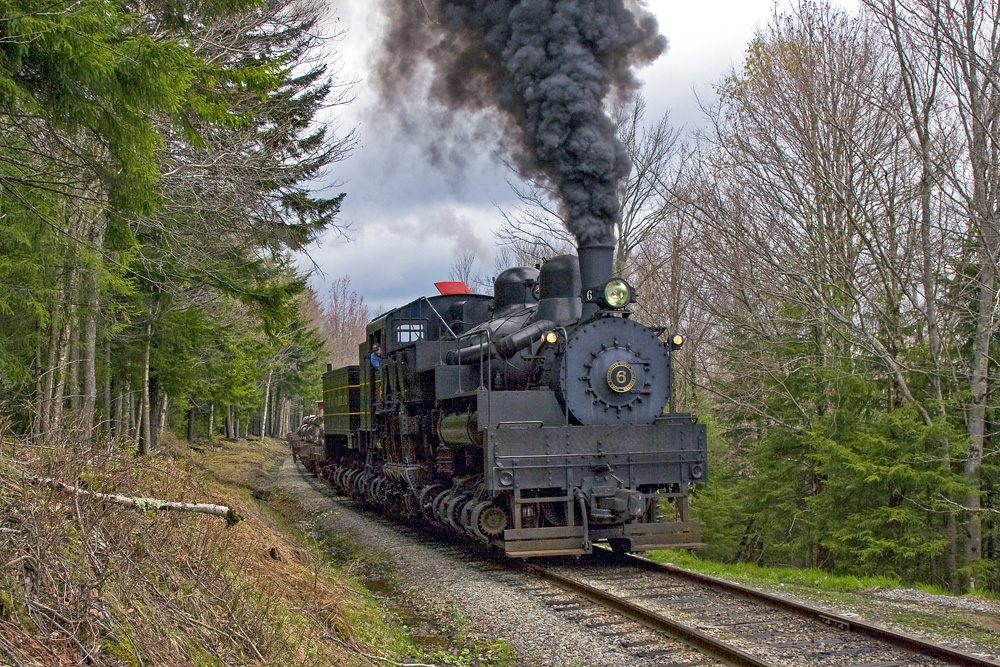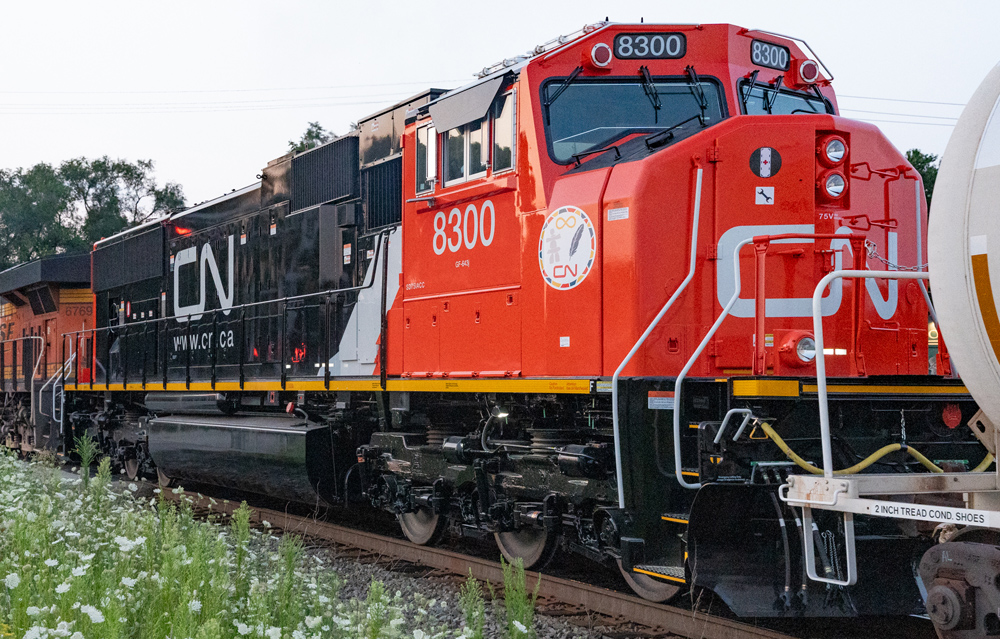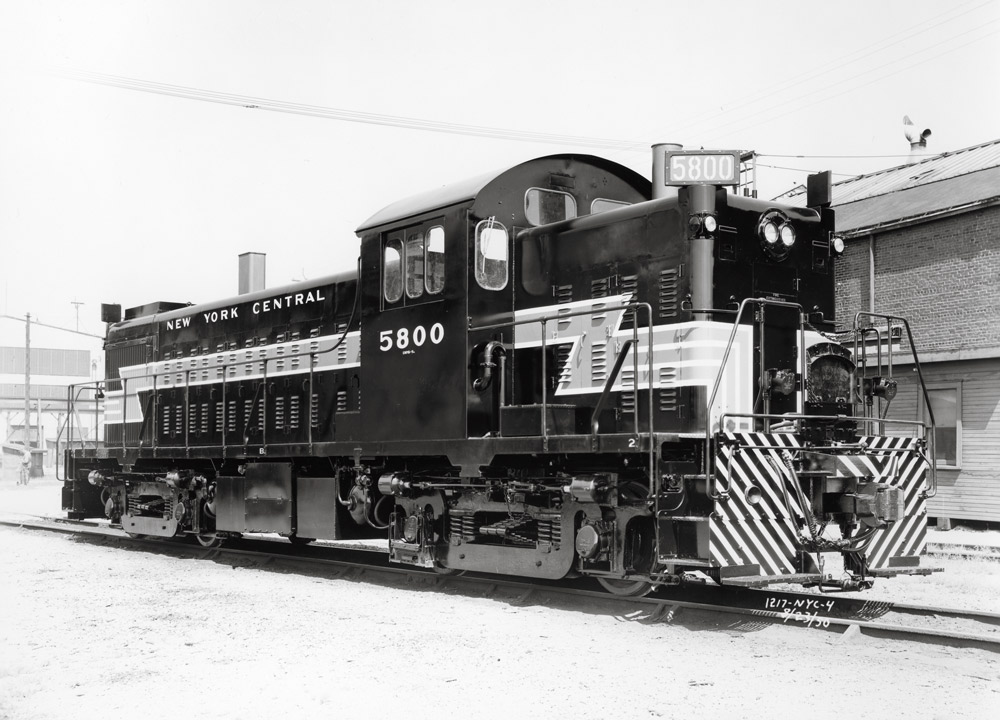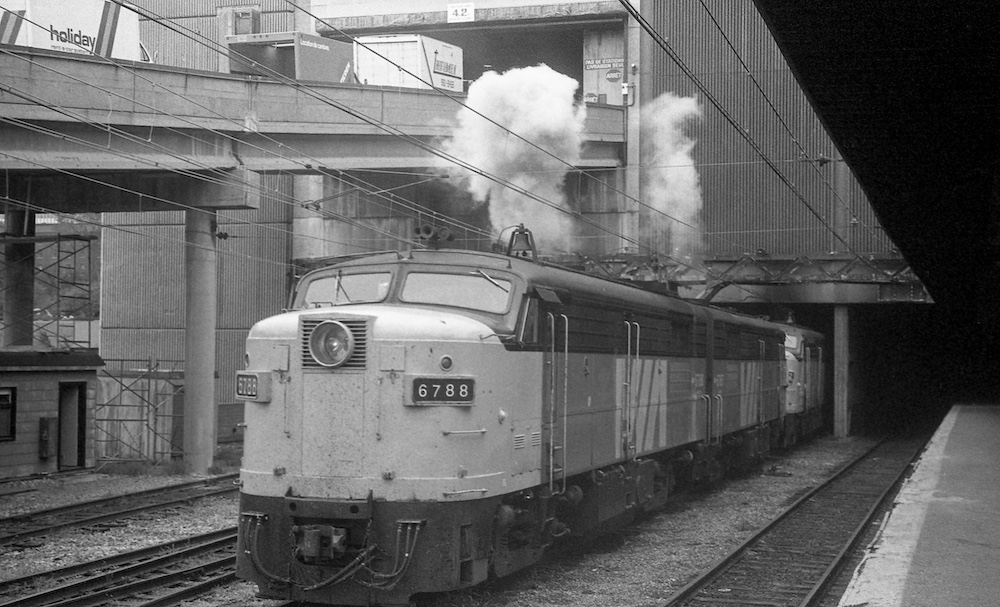
Over the course of my half-century of railroad photography I’ve seen technology completely change the ways we make photographs. Even so, when it comes to rail travel photography your eye for images will pay dividends far greater than that provided by the latest and greatest camera.
In 1984, two months after graduating high school, I embarked on a grand Amtrak adventure using a student USA Rail Pass that allowed me to select three destinations in the eastern region for a fixed coach fare. I traveled to Montreal, Washington, D.C., and Chicago, and saved money by sleeping on the train between destinations. My father drove me to Springfield, Mass, where just after midnight I boarded the northward Montrealer. In Montreal, I visited signal towers and traveled on local passenger trains. In Washington, D.C., I visited friends and took the Metro to Alexandria to photograph freights departing Potomac Yard. After a trip on the Cardinal that took me through West Virginia on the C&O, I spent several memorable days around Chicago, where I sampled the CTA, took a city bus to the Museum of Science & Industry to see the Zephyr, rode the South Shore to South Bend, and traveled by commuter trains over the Chicago & North Western and Burlington.
To document my travels, I carried a pair of 1930s-era 35mm Leica rangefinder cameras with eight rolls of Kodachrome, two rolls of Ektachrome, and a big bag of Kodak Tri-X 400 ISO black & white film. I calculated my exposures using a 1960s-era General Electric hand-held light meter and carried everything — cameras, film, a change of clothes, some reading material, and snacks — in a compact backpack. I carefully budgeted film to make each frame count. Forty years later, the majority of these photographs have survived the test of time.
In many ways photography today is much easier. We don’t need to carry bags full of film or manipulate light meters or tricky manual focus mechanisms. Low-light isn’t a problem, and digital recording media allow for lightweight storage of thousands of images. We can view results immediately and quickly learn from our efforts. Rather than waiting days, you can judge the overall quality of the image right away. However, back in 1984, I focused on making photos rather than looking at them, so rather than squandering precious travel time reviewing my efforts I absorbed the sights around me that I was seeing for the first time.

In 1984, I aimed to capture the whole experience of my trip. Some of the most memorable images of my 1984 adventure taught me to look beyond the obvious. My photo of the CN tower operator speaking on the phone was more than just photo of VIA Rail MLW FPA4s; I captured a CTA employee sweeping the wooden platform on the Chicago Loop; made a ground level view of a dwarf signal at North Western Station; and took a chance making a self-portrait on a wooden station bench at Chicago Union.
Today, I typically carry a Lumix pocket camera as well as a Nikon Z-series mirrorless camera. Using a Leica Vario-Summilux lens, my “wee Lumix” is the direct descendant of the Leica rangefinders I used on my early trips. To avoid missing photos, I always bring at least one spare battery and a charger, plus extra storage cards. I learned that hundreds of digital images can disappear in an instant as the result of user error or card failure, so I carry a lightweight laptop to download, review my images, and back up photos as soon as I can.

Admittedly, I do things the hard way. My wife sometimes carries her mirrorless camera, but often prefers the one-piece, multi-purpose device called a smartphone for her travel photos. This allows her to quickly share photos of our adventures with our friends via social media. Although the phone captures less information than many stand-alone cameras, its ease of use and built-in image correction produce visually pleasing images without the need for time consuming post-processing. Purists may ask: “Are these good enough for print?” That depends on the application and size of reproduction. Take a look at my July Trains Travel column: Wayne Duffett exposed the three photos using his 8 megapixel Google Pixel 6 Android phone, and I thought these reproduced very well in the magazine. My wife has several 11 x 14-inch prints from her phone hanging on our wall.
More important than your choice of equipment is your vision. Keep your eyes open, soak in experiences, seek the unusual, and enjoy your trip through photos of your friends, family, the trains you ride, and the places you see. Take chances: you don’t need to budget each and every frame like I did in 1984. But, please back them up so your travel photos remain with you for a lifetime! — Brian Solomon






